The New Gay Teenager
The warp speed at which gay rights has moved in this
country has left me--along with many LGBT adults
-- feeling hopelessly out of touch with LGBT youths.
Two years ago I returned to my high school to speak about
gay rights. I got a standing ovation for my talk, had lunch
with members of the gay-straight alliance, and left
with the impression that the cutting-edge issue was
not gay rights but transgender equality. All this
would have been unimaginable when I was a student there in
the mid to late '80s.
While
progressive, my high school is not anomalous. Over 3,500
gay-straight alliances have now registered with the Gay,
Lesbian, and Straight Education Network. Organizations
like the Point Foundation have granted millions of
dollars in scholarship money to talented students who
have been marginalized because of their sexual orientation
or gender identity. In the past decade or so, gay
youths have found their voices--sometimes
literally, as in the offshoot of the New York City Gay
Men's Chorus called the Youth Pride Chorus.
In his
fascinating 2005 book The New Gay Teenager, Cornell
University psychology professor Ritch C. Savin-Williams
offers a vivid portrait of this brave new breed.
According to him, teens are becoming increasingly more
relaxed about nonheterosexual behavior. They have also
developed novel sexual and gender-based identities, such as
"boidyke, trisexual, stem, queerboi,
omnisexual, trannyfag, polygendered, and
bi-dyke."
Trisexual? Stem?
Having worked on LGBT issues for years, I think of
myself as reasonably up-to-date. But reading about and
interacting with LGBT teens makes me feel like a
dinosaur. LGBT youths seem hip, confident, and
completely able to take care of themselves. I keep
expecting one of them to stamp up to me and say, as Liesl
does to Maria in The Sound of Music,
"I'm 16, and I don't need a
governess!" And my first inclination would be
to go with Maria's response: "I'm glad
you told me, Liesl. We'll just be good
friends."
But then an LGBT
teen gets shot in the head.
The Old Homophobia
If the attitudes of LGBT youths feel radically new, the
hate crimes committed against them feel depressingly
familiar. Consider the murder of Lawrence King by
14-year-old Brandon McInerney this past February.
King's gay, gender-nonconforming identity was
supported at the group home where he lived. He was
encouraged to be himself, which for him included
accessorizing his school uniform with eye shadow and
high-heeled boots. He also developed a crush on
McInerney and let people, including McInerney, know.
Now King is dead, and McInerney will likely be in prison
for most of his life.
The pattern in
which a person kills an LGBT peer for making a sexual
overture is unacceptably familiar in American life and law.
Beginning in the late 1960s, American courts have
recognized "homosexual panic" as a legal
defense. The theory is that homosexual advances can be so
disturbing to some individuals that they are not responsible
for their immediate reactions.
While some states
have abolished this defense, it is by no means a
vestige of the past. Jonathan Schmitz asserted it after he
killed his friend Scott Amedure for admitting on a
1995 episode of The Jenny Jones Show that he
had a crush on Schmitz. The killers of Matthew Shepard
asserted the defense in 1999. And the killers of Gwen Araujo
asserted a gender-identity variant in 2004, saying they
panicked when they discovered Araujo was transgender.
While the defense rarely leads to exoneration, it can
mitigate the punishment the killer receives. The fact
that such defenses can even be presented to juries is an
outrage. It suggests that no matter how many strides
LGBT youths (and adults) have made, we still live in a
profoundly homophobic culture.
GLSEN's
biennial National School Climate surveys highlight that
reality. The 2007 report has not yet been released,
but the 2005 report helpfully compares its findings to
those of the 2003 and 2001 reports. The 2005 report
finds no differences in student accounts of verbal
harassment over the three surveys. Rates of physical
harassment and assault went down from 2001 to 2003 but
remained the same between 2003 and 2005. Asked whether
they felt unsafe because of their sexual orientation at
school, the percentages of gay students who answered
"yes" in 2001, 2003, and 2005 were 69,
64, and 64, respectively. Percentages of students who said
they felt unsafe because of gender expression for those
three years were 46, 39, and 41.
Reconciling the Pictures
What explains the discrepancy between the new confident
teenager described by Savin-Williams and the old
homophobia described in the GLSEN surveys? When asked
that question, GLSEN spokesman Daryl Presgraves
answers that progress in LGBT youth rights is real but
confined to particular spheres. "You can have a
really safe space in the classroom where the
gay-straight alliance is meeting," he says,
"but then walk down the hall to the same old
homophobia." This theory certainly fits King's
situation: His foster home was admirably supportive of his
identity, but his school -- where he was shot -- was
not.
It's not
breaking news that some spheres are more LGBT-friendly than
others. Most LGBT adults put "time, place, and
manner" restrictions on self-expression to
accommodate that reality. But LGBT youths may be less
equipped to make these contextual calls, especially in 2008,
when the difference between a safe place and an unsafe
one has become increasingly unclear. More generally,
the capacity to judge social situations and
relationships usually comes only with experience: Look how
Liesl fell for that Nazi.
One way pro-LGBT
adults can protect LGBT youths, then, is to help them
help themselves. We should remind LGBT youths that even
though they have a right to self-expression, accepting
limits on that expression in the name of
self-preservation is not the same as accepting defeat. We
should tell LGBT youths to report any harassment to a
sympathetic adult immediately. And we should encourage
LGBT youths to start gay-straight alliances, because
school groups must be student-initiated to receive
certain legal protections.
Teaching LGBT
youths antihomophobic jujitsu, however, is by no means a
complete solution. Indeed, putting too much responsibility
on LGBT teens risks blaming the victim. The real
culprits here are the homophobes who prey on LGBT
youths and the adults who look the other way. Our primary
focus should not be on the targets of homophobia. It should
be on its sources.
Fortunately, the
law is slowly but surely moving to support us in those
efforts. About a dozen states and the District of Columbia
have laws that prohibit bullying or harassment in
schools on the basis of sexual orientation. About half
those jurisdictions have laws banning such acts on the
basis of gender identity. I don't give exact numbers
here as these laws are worded very differently, and
reasonable people could disagree about the ambit of
their protections. What is beyond dispute is that
schools that run afoul of these or related laws are paying a
high price. In 1995, a Wisconsin school paid almost a
million dollars to a student after a court held that
the school could be held liable for ignoring
student-on-student antigay harassment. In similar cases, a
California school district paid over half a million
dollars to six former students who had been harassed,
and a Kansas school district paid $250,000 to a
straight teenager subjected to antigay taunts. As schools
realize that permitting bigotry is expensive, we can
expect many of them to update their disks.
Just as
important, pro-LGBT adults must insist on safe-school
policies even in jurisdictions that do not legally
require them. These include zero-tolerance
anti-bullying policies that specifically mention sexual
orientation and gender identity, age-appropriate curricular
inclusion of LGBT issues, the employment of openly
identified LGBT and pro-LGBT faculty members, and
well-established grievance procedures for bullying and
harassment.
The Comfort of Strangers
The civil rights of children often lag behind
those of adults. In laying the foundation for the
landmark 1954 case Brown v. Board of Education,
the National Association for the Advancement of Colored
People focused its litigation solely on school desegregation
at the graduate-school level. Thurgood Marshall -- the
civil rights lawyer who would become the first
African-American to serve on the U.S. Supreme Court --
justified the NAACP's decision with his
characteristic dry wit. "Those racial supremacy
boys somehow think that little kids of 6 or 7 are
going to get funny ideas about sex and marriage just from
going to school together," he mused.
"[B]ut for some equally funny reason, youngsters in
law school aren't supposed to feel that way."
It's often
said that LGBT activists are too quick to equate orientation
discrimination with race discrimination. So let me be
careful about similarities and differences here. One
similarity is that bigots of any stripe are going to
be more worried about guaranteeing equality to kids
than they are about guaranteeing it to adults. They know
that if kids learn about equality in their formative
years, that lesson will stay with them for the rest of
their lives. In the gay context, we hear this point
made a lot, as we did during oral arguments in Lawrence
v. Texas, the 2003 sodomy statute U.S. Supreme
Court case often called the Brown v. Board of
the gay rights movement. Justice Antonin Scalia there
gave credence to the argument that the state could keep gay
people from being kindergarten teachers because that
would steer kids toward homosexuality (and,
presumably, toward tolerance of homosexuality even if
the kids didn't turn out gay).
But there is also
a crucial difference between the challenges confronting
nonwhite youths and LGBT youths. Nonwhite children usually
have parents of their own race. LGBT children, in
contrast, usually do not have LGBT parents. This means
racial minorities are more likely to have an adult
champion in their battles against racism. When I was in
junior high, one of my teachers made a racist comment
during our class. I told my parents, and they
threatened to summon a winter at the school that would last
a thousand years unless the teacher apologized. But
when other teachers made homophobic comments, I felt I
couldn't turn to my parents -- or to anyone
else.
Because LGBT
youths generally do not have LGBT parents, they must often
rely on the comfort of strangers--namely, LGBT adults
who are not biologically related to them. Without
denigrating the capacity of straight parents to
protect their LGBT kids, I do feel LGBT adults have a
special contribution to make here. All of us went to schools
that were less than safe, so we know how important it
is to ensure that this new generation gets a better
deal.
One difficulty
here is how we LGBT adults take care of LGBT youths
without being accused of meddling (or worse) by their
parents. That's a complex issue, which bears
much more extended discussion. Another obstacle is
that LGBT youths themselves may tell us that they
don't need our help. I find this issue easier.
My instinct is that if we intervene with respect,
sensitivity, and goodwill, LGBT teens may come to see, as
Liesl did, that sometimes a governess is not such a bad
thing to have.
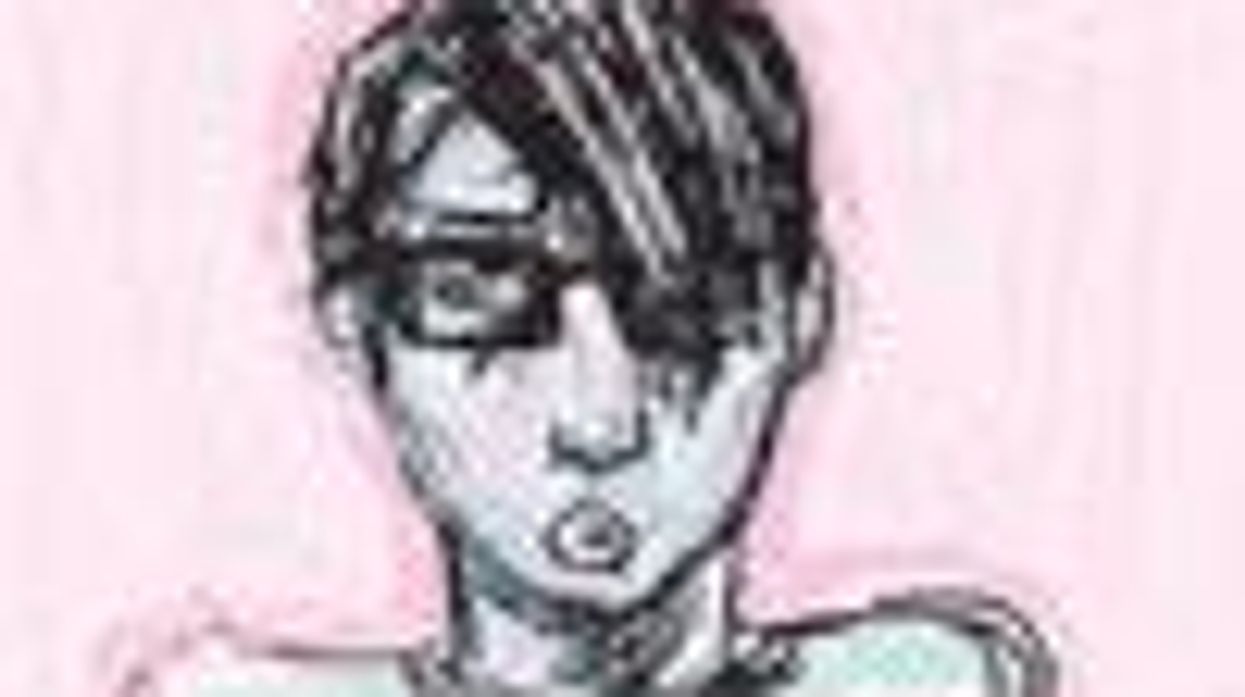





























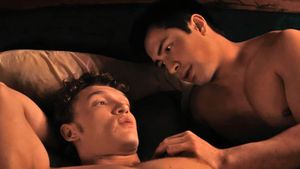









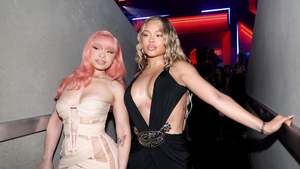


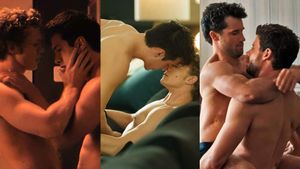


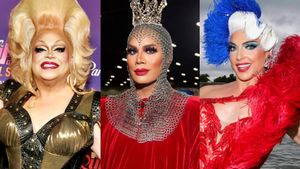
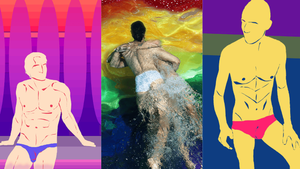




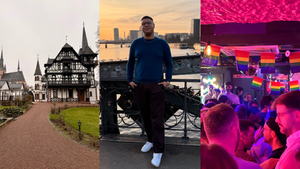






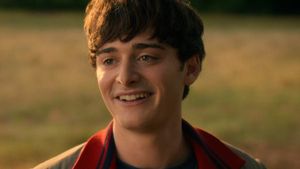
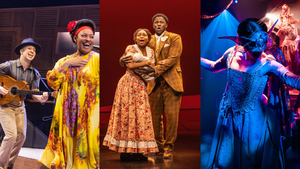
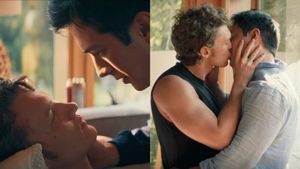


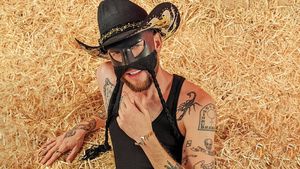
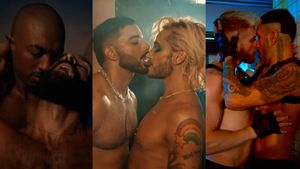


Charlie Kirk DID say stoning gay people was the 'perfect law' — and these other heinous quotes